In his book, ‘New York – Florida’ (2024), Egyptian journalist Mohamed Maher takes readers on a five-year journey through New York City and Florida, spanning 2018 to 2022. At first glance, the book might seem like a travel book, which is not popular among Egyptian authors, but it is not a travel guide of any sort, rather a piece of autobiographical journalism.
Mohamed Maher is a distinguished journalist who holds the role of U.S. correspondent for Egypt’s Al-Masry Al-Youm and the UAE’s Al-Ain News. His career in the U.S. has been marked by coverage of major events, including the signing of the UAE-Israel peace agreement at the White House, U.S. presidential elections, and the Academy Awards.
For me, reading the book resembled wearing a virtual reality headset and taking a pleasurable stroll through New York’s alleys and the Sunshine State.
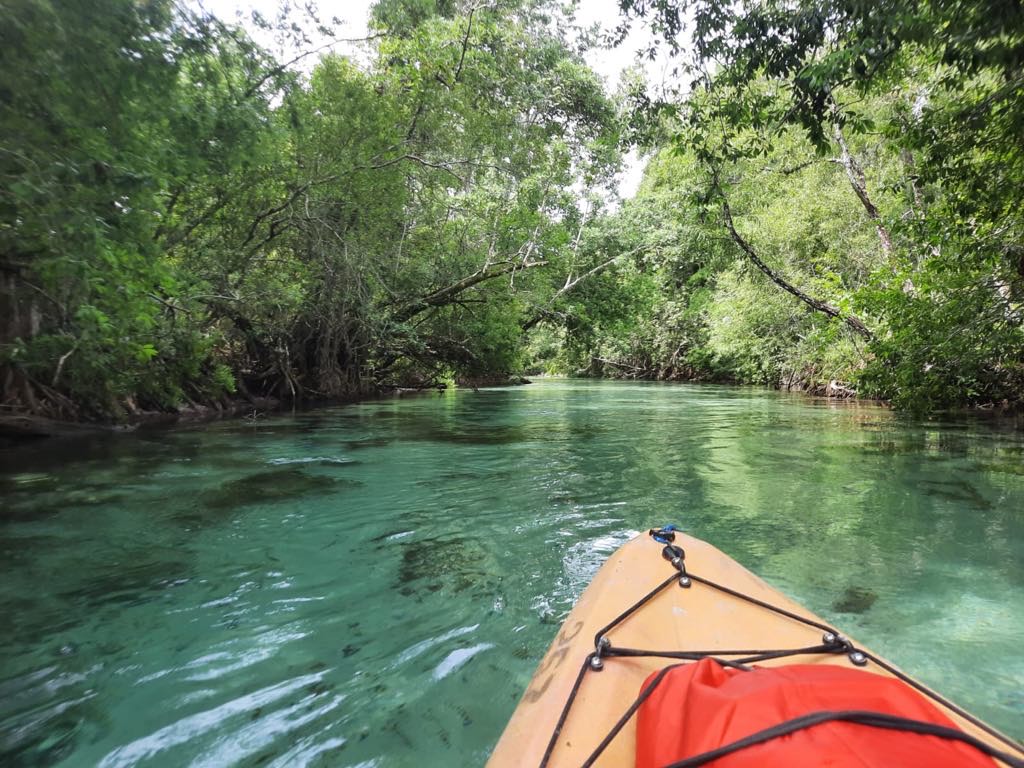
‘New York – Florida’, beautifully written in Arabic, is nuanced and sets itself apart with a rich collection of photographs taken by the author at the places he visited, which kept the book highly engaging. Throughout it, readers get a front-row seat to experience an authentic portrayal of everyday life and culture in America, particularly in New York and Florida, through stories, images, thorough research, and personal visits. His depiction of the country is far from the version portrayed by Hollywood in films and TV, offering a more personal, first-hand perspective.
From cover to cover, Maher shares his view on modern-day American culture and society in great detail, delving into Arab communities, iconic landmarks, and significant political events, such as the 2020 U.S. elections in Florida.
The book also features insightful and masterfully conducted interviews with influential figures in space exploration, including the commander of U.S. Space Command, former National Aeronautics and Space Administration’s (NASA) directors, Egyptian space scientist Farouk El-Baz, and the Director of the Mohammed Bin Rashid Space Centre, Salem Al Marri.
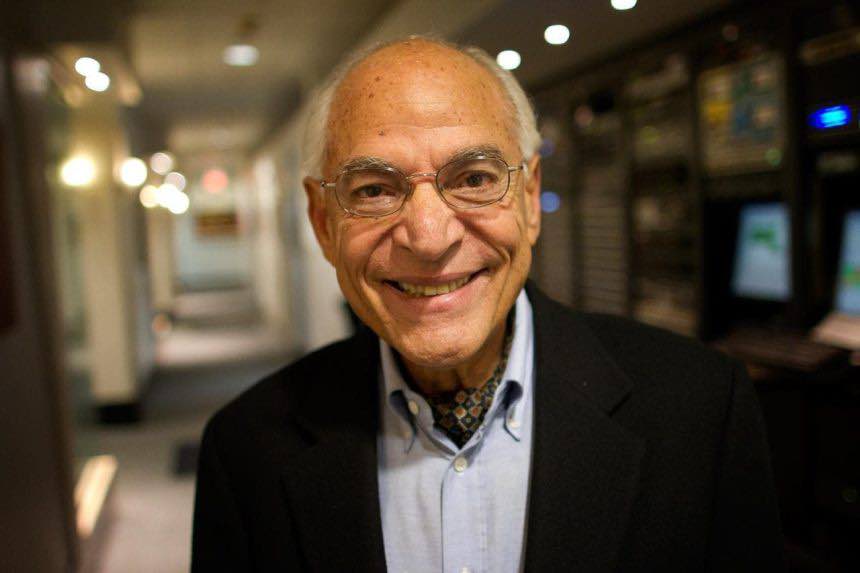
It also includes a thoughtful conversation with Mary Alexander-Basta, the Egyptian-born mayor of the Village of Bolingbrook in Illinois, who has called the United States home since she was five years old.
In the first segment of the book –along with the author– readers explore New York, then move on to Florida, and in the final section, experience engaging discussions about space.
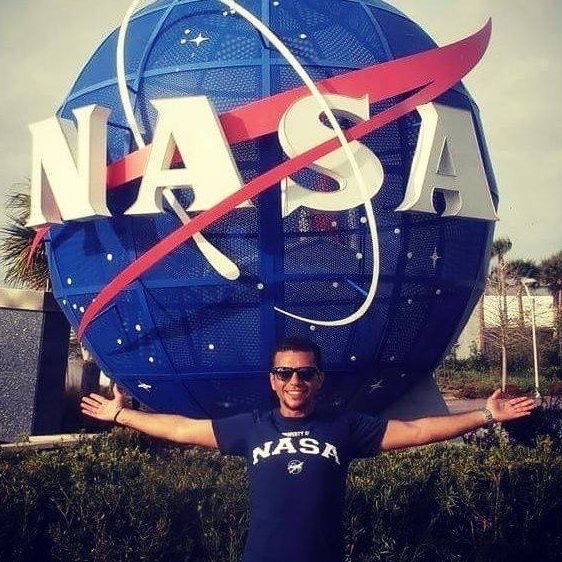
The Big Apple
The writer takes readers first to four natural locations, often unvisited by New York visitors, such as the Sunken Meadow State Park, Fire Island, North Brother Island, and Van Cortlandt Park Preserve.
During his visit to Crescent Street in New York, he took note of and admired the peaceful coexistence of two mosques, a church, and a synagogue, side by side with no police presence, violence, or disputes. It was enlightening to me that an exceptional level of religious tolerance exists in New York, as it is a rare occurrence in both the USA and Egypt. For example, in 2019, the Chabad of Poway synagogue in Southern California increased its security after a gunman killed one person and injured three others— one of many hate crimes. Meanwhile, in Egypt, security is heightened around churches during Christmas celebrations every year.
Maher’s book highlights New York, where around eight million people live, as a home to diverse nationalities, ethnicities and a strong sense of cultural and spiritual tolerance.
Fifteen percent of the Big Apple’s residents are non-U.S. citizens, and according to the World Population Review, there are around 40,000 Egyptians living there as of 2025. The city is also a melting pot of all religions, with around nine percent of people living in New York being Muslim, as of 2018.
In the borough of Queens (New York) lies Astoria—a neighborhood that, unbeknownst to me before reading, is known as ‘Little Egypt’ for its hookah bars, halal butchers, Egyptian nightclub, Middle Eastern grocery stores, and mosque.
Shockingly, in the restaurants of ‘Little Egypt,’ they serve mombar, a beloved dish consisting of intestines stuffed with spiced rice, and Molokhya (jute’s mallow), which Americans call “green soup,” according to Maher.
Through the vivid descriptions, I definitely enjoyed visiting Astoria from the comfort of my couch at home.
Maher’s adventures then take us on a trip to the Pentagon, the headquarters building of the United States Department of Defense in Washington, D.C., and the world’s second-largest office building. I did not think that the Pentagon, where the world’s largest military operations are managed, would have a shopping mall, fast-food chains such as McDonald’s and Dunkin Donuts, a mosque where the call to prayers can be heard, and a church, but it does, according to Maher.
The Sunshine State
In the second part of the journey, readers are transported to Florida, a key swing state with one of the largest numbers of electoral votes, amid the 2020 U.S. Presidential election, which he delves deep into. Maher then guides readers to the Islamic Society of Tampa Bay Area, the largest Islamic center in Florida, which also houses a Quran memorization school. From there, he ventures to St. Augustine, home to a single mosque and a small Muslim community of fewer than 100 people. We continue the journey to Wat Mongkolratanaram, Florida’s oldest Buddhist temple, renowned for its food festivals and delicious fried bananas.
Maher also interviews Christina White, the supervisor of elections in the Miami-Dade Elections Department, Carlos A. Giménez, the mayor of Miami in 2020, Rick Kriseman, the former mayor of St. Petersburg, and Hassan Shibly, former executive director for CAIR Florida, a Muslim, Christian, and Jewish coalition to confront Trump’s violations against Muslims.
Space Dialogue
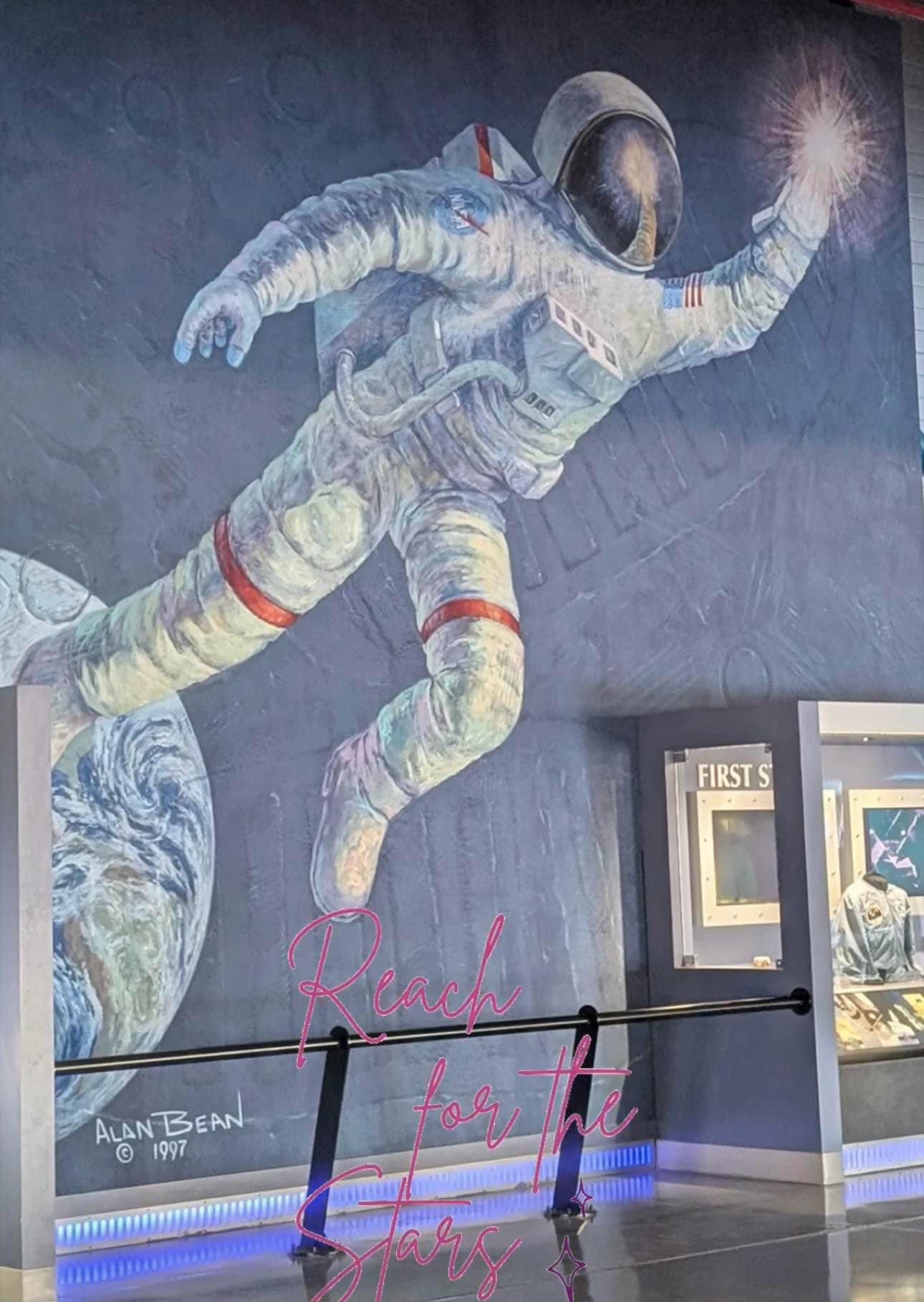
The third part of the book takes place on a space exploration journey, beginning with a tour of NASA’s most significant space center in Houston, Texas. Readers also get a close look at the spacecraft that landed on Mars (1976), visit Kennedy’s Space Center Visitor Complex, and pass by the Rocket Garden, the mobile launcher, and the Apollo Control Room.
An interview follows with Alfred Worden, a test pilot, engineer, and NASA astronaut who served as the command module pilot for the Apollo 15 lunar mission in 1971.
Maher then takes us to Patrick Space Force Base before engaging in a series of interviews with notable figures, including El-Baz, Al Marri, former NASA Administrator Charles Bolden Jr., and United States Space Force General John W. Raymond.
Abdel-Moneim Said, the Director of the Al-Ahram Center for Political and Strategic Studies in Cairo and author, who also wrote the book’s introduction, states that Maher seamlessly navigates his life in America—an observation that I wholeheartedly agree with.
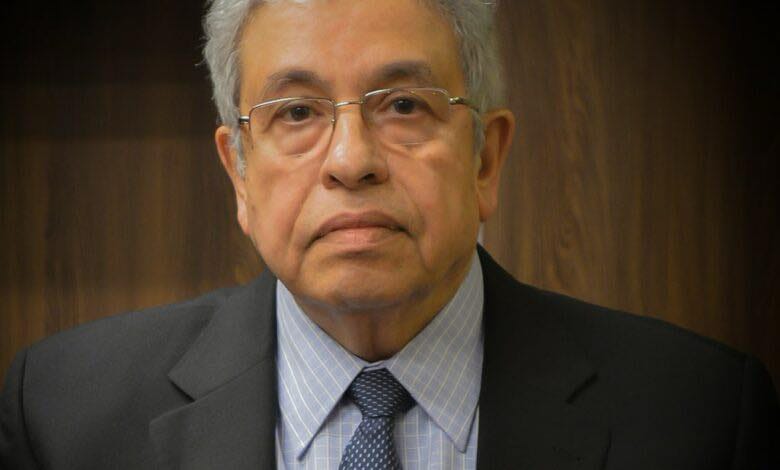
He presents a realistic, immersive, and personal narrative of life in the USA. The stories show how an expat views American society, all while maintaining their identity and adapting to a new culture through food and community.
His portrayal of American life dispels cliché film tropes and exhibits the reality of religious and cultural diversity in the U.S.
Overall, ‘New York – Florida’ is an evocative exploration of the American experience and a very good read in my opinion. With each page, Maher offers a glimpse into the intricacies of both the well-known and the unseen parts of American life. Through Maher’s eyes and social and cultural reflections, I felt invited to reflect on my own journey with cultural identity as an Egyptian.


Comments (0)